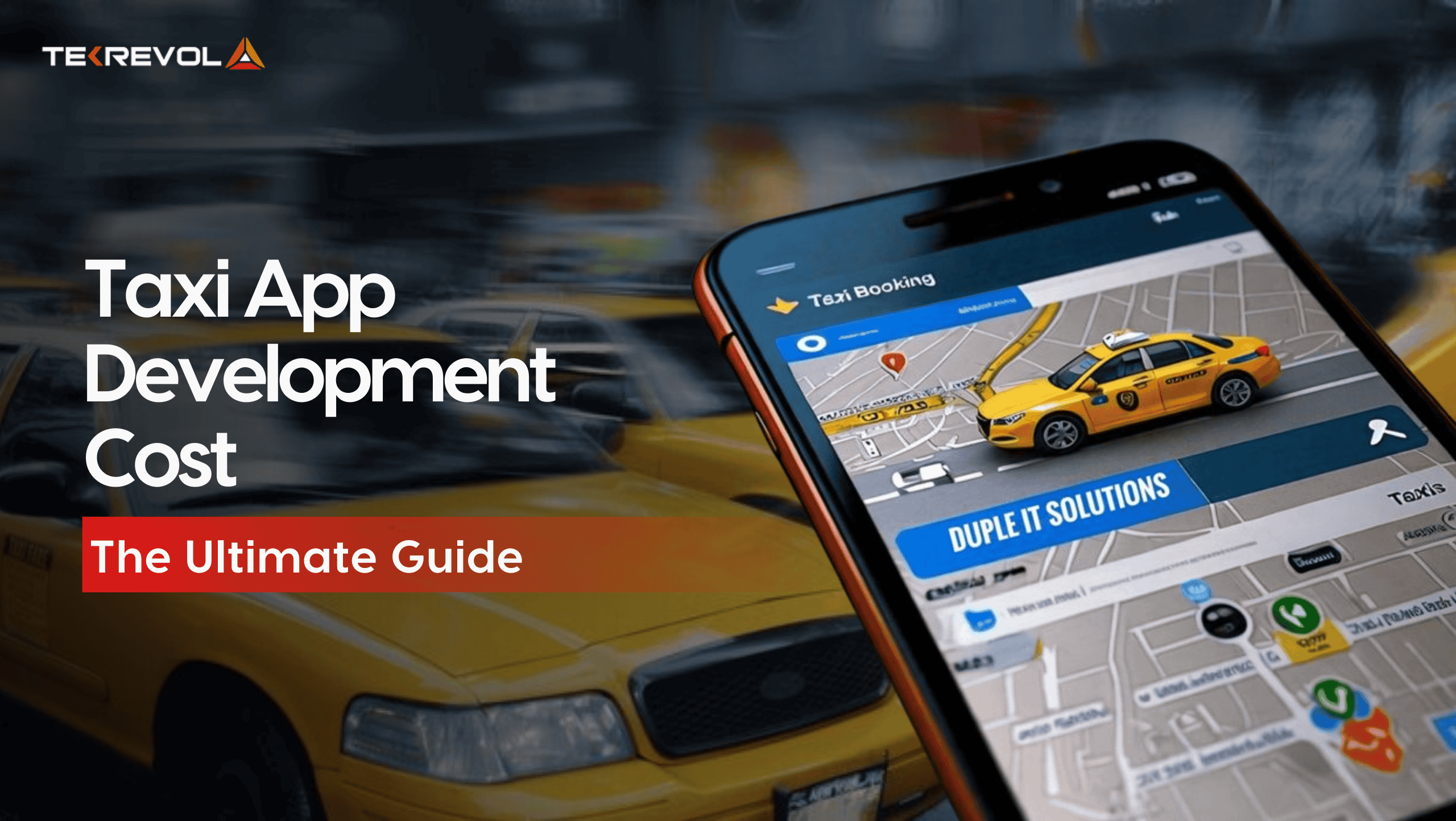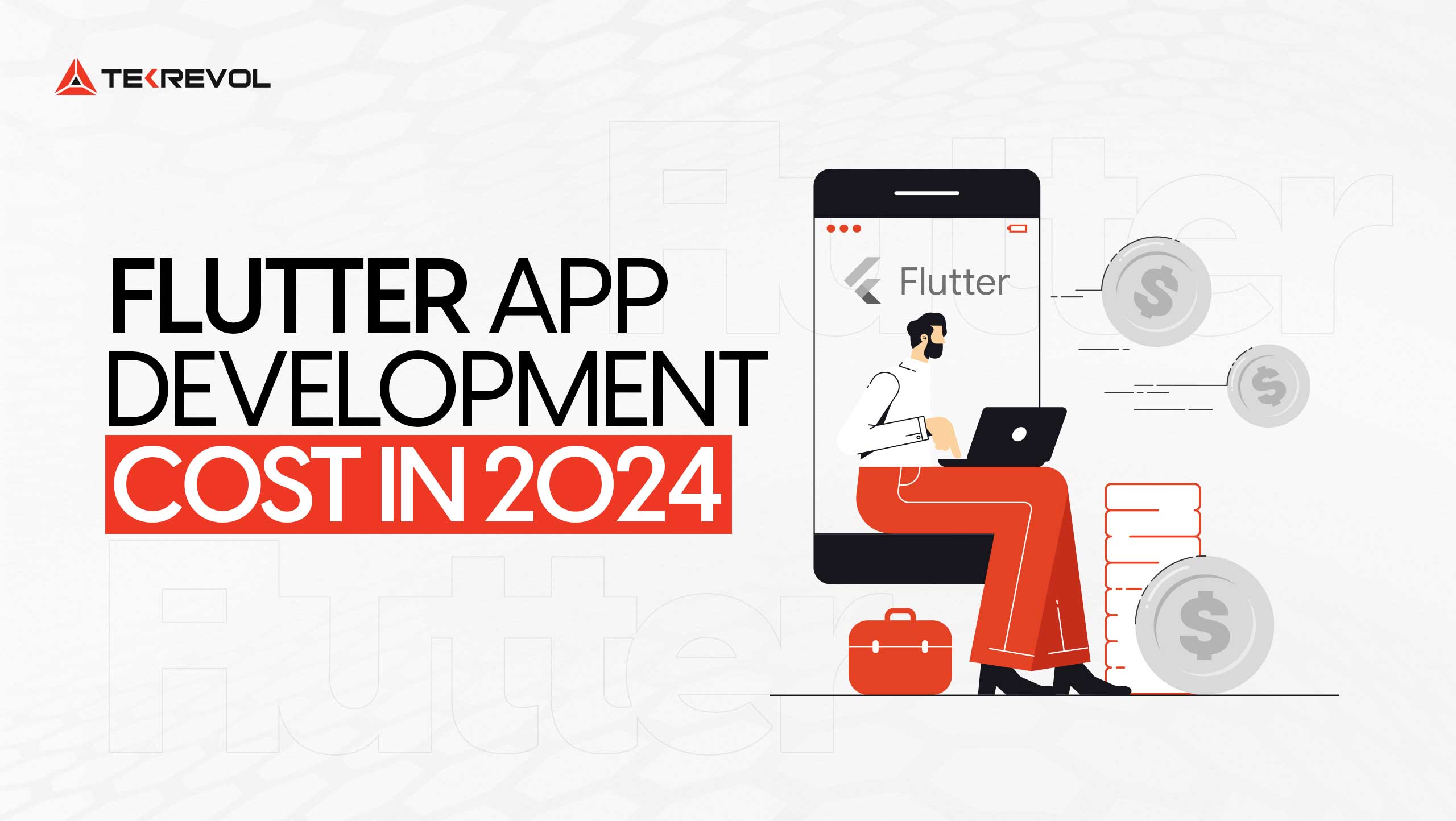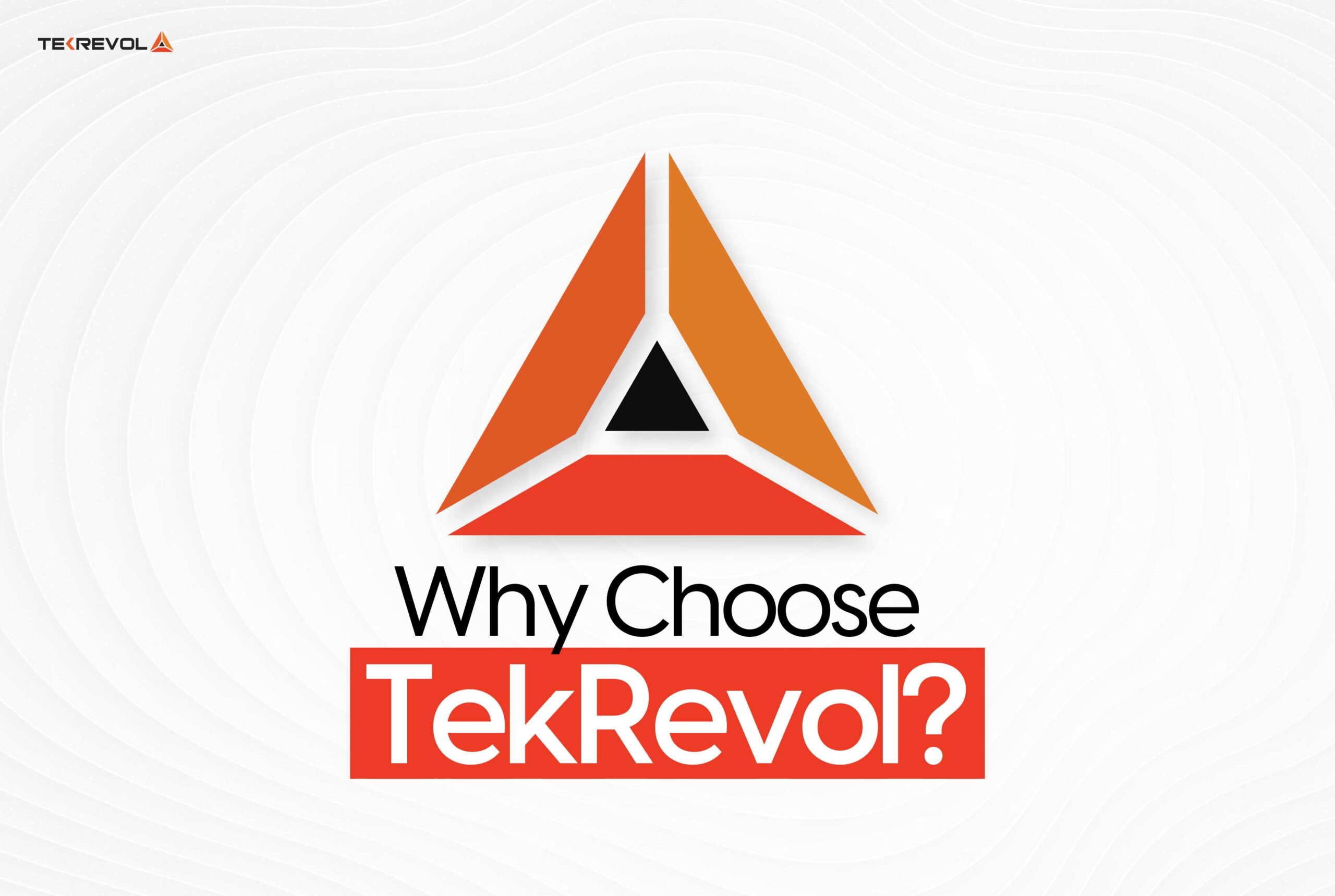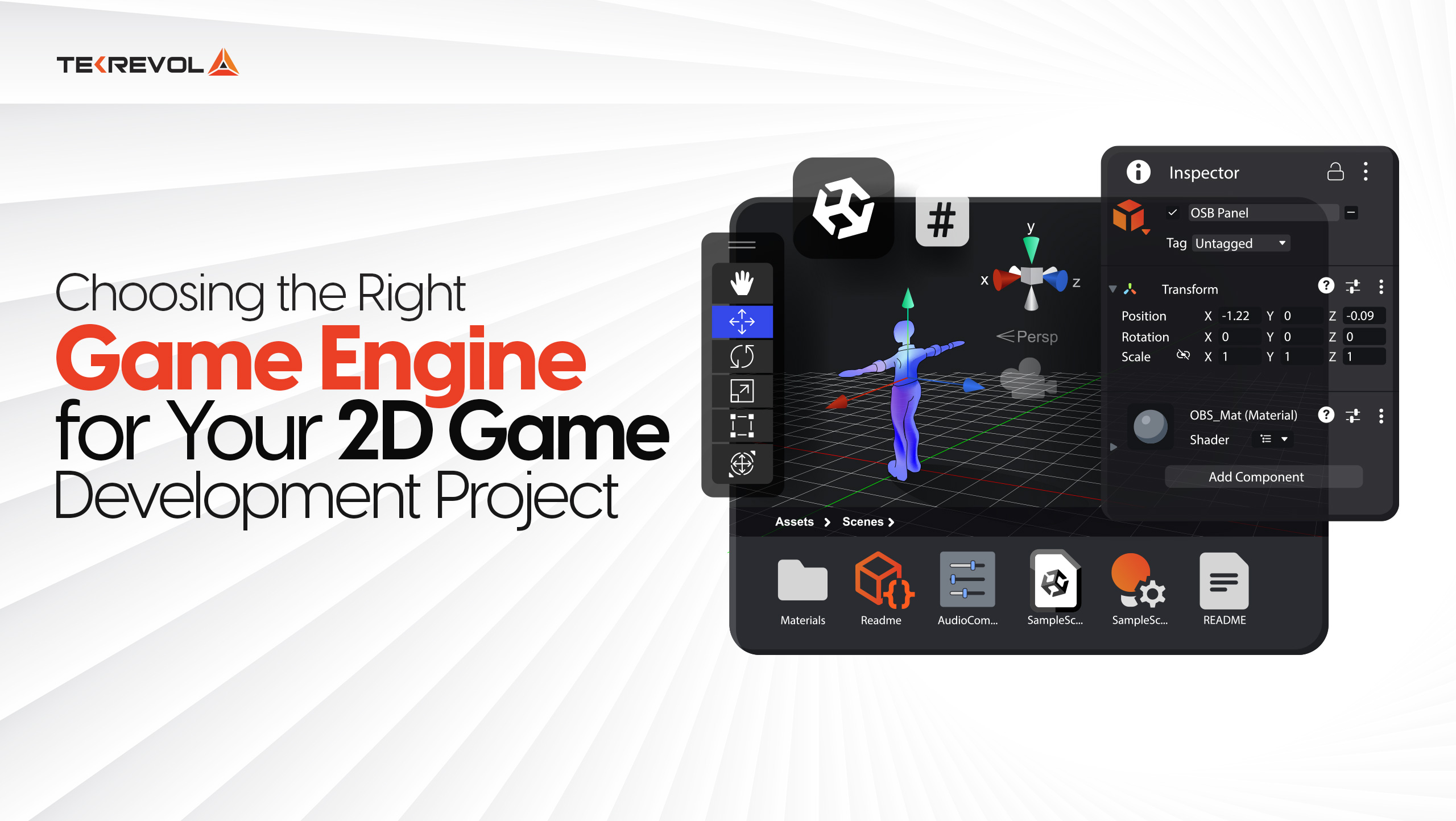“Call me a cab!” — “You’re a cab.” Classic punchline, but in 2025, no one’s waiting for witty comebacks when they can just tap a screen and have a ride at their doorstep in minutes.
If you’re thinking about building the next Uber, Lyft, or a hyper-local taxi app that’s going to make traffic jams feel like victory laps, you’ve probably asked the million-dollar question — or more realistically, the $20K to $150K one – How much does it cost to develop a taxi app in 2025?
Getting into taxi app development isn’t about slapping a GPS and a booking button on a screen. There’s design, user flow, driver management, payments, real-time tracking, security, scalability, and that one feature your investor thinks is “revolutionary” (but probably already exists).
Saying that, whether you’re a startup with big dreams or a legacy taxi company ready to go digital, understanding the development cost is your first stop.
So, grab your metaphorical seatbelt — this guide’s about to navigate you through every feature, factor, and budget bump on the road to launching a taxi app that actually drives ROI.
Market Overview and Industry Trends
The Ride-Hailing Race Is Still On
Let’s be real — taxi apps aren’t slowing down anytime soon. With global ride-hailing projected to hit $395 billion by 2028, it’s safe to say people still love being chauffeured around without the small talk. Whether it’s city dwellers dodging parking drama or tourists avoiding the “Are you sure this is the route?” taxi trap, digital ride-hailing is the new normal.
From Yellow Cabs to Smart Mobility
Gone are the days when a cab meant a musty backseat and a questionable air freshener. In 2025, taxi apps are evolving into smart mobility platforms — think electric vehicle support, integrated payments, multi-city coverage, and yes, even AI-powered ride matching. Basically, if your app still looks like it was coded on a potato, it’s time for an upgrade.
Hot Trends on the Road
- AI & ML for smart routing
- In-app ads and driver gamification
- Sustainability features (EV, carbon tracking)
- Subscription models & loyalty rewards
Breakdown of Taxi App Development Costs
Estimated Cost Ranges by App Complexity
Let’s talk numbers — because building a taxi app isn’t exactly a pocket change project. If you’re keeping it simple with the basics like user sign-up, booking, and a clean interface, you’re looking at a ballpark of $5,000 to $25,000.
Basically, the no-frills Uber knockoff. Want to level up with real-time tracking, multiple payment options, and a slicker user experience? Now you’re cruising into the $25,000 to $75,000 range.
But if you’re aiming for the big leagues — think AI-powered ride suggestions, driver analytics, in-app chat, and other bells and whistles — buckle up, because you’re easily riding past $75,000 and straight into $200,000+ territory.
Yep, innovation comes with a hefty fare, but hey, so does every great idea that’s going places.
Factors Influencing Development Costs
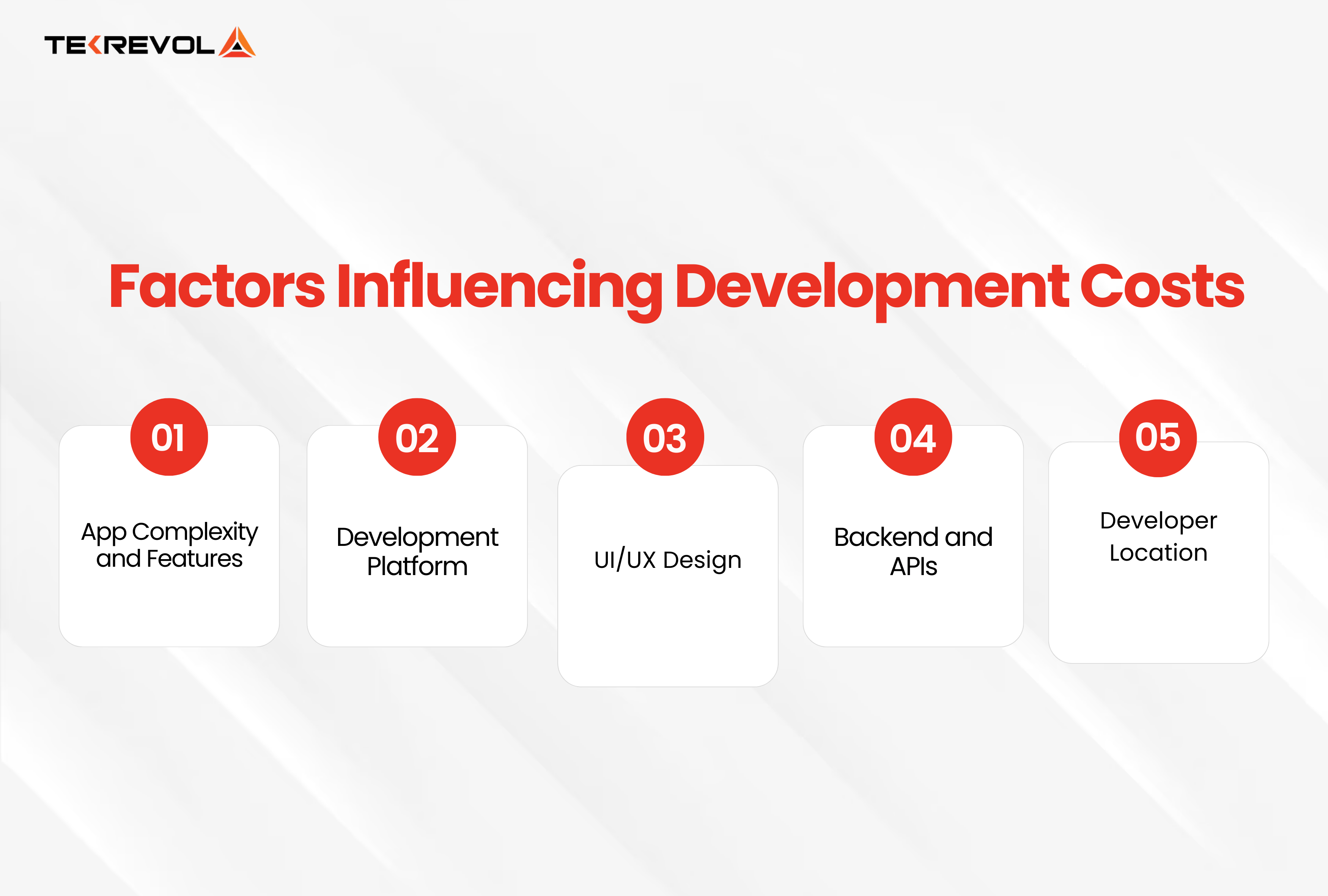
-
App Complexity and Features
Essential elements like ride requests and payment integrations form the foundation. But add-ons like AI suggestions or real-time tracking? That’s where the taxi app development cost escalates.
-
Development Platform
Targeting Android, iOS, or both? Expect separate costs for native platforms, or go cross-platform (cheaper and quicker, but sometimes limited features).
-
UI/UX Design
Want user-friendly layouts and animations that pop? Custom graphics and slick interfaces can pump up the taxi booking app development cost.
-
Backend and APIs
Real-time tracking and integrations like Google Maps or Stripe demand robust backends, increasing costs.
-
Developer Location
Your developer’s zip code matters. North America will cost upward of $150/hour, while top talent in Asia can charge around $20-$50/hour.
- Wondering where your money actually goes when building a taxi app?
- We break down the budget mile by mile — from backend to bells and whistles — so you know exactly what you're paying for.
Essential Features of a Taxi App
-
User App Features
For riders, it’s all about convenience. The user side of an app needs GPS tracking to pinpoint accurate locations, real-time fare estimation so you know if you can actually afford the ride, simple booking options, and of course, a ratings and reviews feature to ensure quality service.
These essentials not only enhance user trust but also justify every penny of the taxi app development cost.
-
Driver App Features
On the driver’s side, efficiency is king. Features like clear ride requests, an earnings tracking system to keep tabs on the hard-earned cash, and reliable navigation tools are must-haves.
An optimized driver experience is a big win for your taxi booking app development cost because happy drivers = better service.
-
Admin Dashboard
Behind all the magic is the admin dashboard. User management, analytics for business performance, and revenue tracking tools keep the system running like a well-oiled machine.
If you’re planning to build a taxi app greatness, strong admin controls are non-negotiable.
Development Process and Timeline
-
Key Development Phases
Creating a taxi app isn’t just about coding; it’s a step-by-step process, and trust me, every step counts. First comes planning and research, where you nail down app goals and study the market trends. From there, it’s on to designing, which involves crafting wireframes, prototypes, and jaw-dropping UI/UX (because nobody likes clunky apps).
Next up is development, split into frontend (the visuals) and backend (the invisible engine driving the app). Once built, the app goes through rigorous testing and quality assurance to hunt down every bug. Finally, there’s deployment and post-launch maintenance to ensure that your app ages gracefully in the competitive ride-hailing world.
-
Typical Timeline for Development
The timeline depends on app complexity. A basic version can take about 1–3 months. Mid-level apps usually need 4–8 months, while advanced apps with all the bells and whistles can stretch up to 12 months. The clock is ticking when calculating your taxi booking app development cost!
Cost Optimization Strategies
-
Building an MVP First
Want to save big bucks? Start with a Minimum Viable Product (MVP). This means focusing on core features like ride booking and GPS tracking, and saving those flashy extras for later.
Not only does this cut the initial taxi booking app development cost, but it also lets you gather valuable user feedback before going full throttle.
-
Using Cross-Platform Development
Why burn money building two separate apps when one can handle both Android and iOS like a champ? Cross-platform tools like Flutter and React Native are basically the Swiss Army knives of app development.
They let you write code once and deploy everywhere — saving you time, cash, and a couple of sanity points. Plus, your users get the same smooth experience, whether they’re team iPhone or Android loyalists.
-
Outsourcing to Cost-Effective Regions
Think of this as hiring a Michelin-star chef… but on a food truck budget. Countries like India, Pakistan, and the Philippines have top-tier dev talent at a much friendlier price point than the US or Western Europe.
Outsourcing smartly can slash your dev costs without sacrificing quality — just make sure to pick a team that actually answers emails and knows what a deadline is.
-
Leveraging Pre-Built Solutions
Unless you’re planning to out-code Uber from scratch (bold move, by the way), white-label solutions are your best friend. These ready-to-go platforms come with all the core features baked in — bookings, driver tracking, payments — saving you loads of time and money. It’s like buying IKEA furniture but with fewer missing screws and more custom branding.
| Cost Strategy | Description | Key Benefit |
| Build an MVP First | Start with core features, add advanced features later. | Cuts initial development cost. |
| Cross-Platform Development | Create one app for Android and iOS. | Saves time and money. |
| Outsource to Cost-Effective Regions | Hire developers in affordable locations. | Lowers hourly rates for development. |
| Use Pre-Built Solutions | Customize white-label platforms. | Speeds up development, reduces cost. |
- Want a killer taxi app without killing your budget?
- Discover smart ways to cut costs without cutting corners.
Challenges and Hidden Costs
-
Ongoing Maintenance
Even after launch, keeping your app functional requires regular updates, bug fixes, and the addition of new features. These recurring tasks can quickly add up, influencing the overall taxi app development cost.
-
Security and Data Privacy Measures
Complying with data protection regulations is essential. Ensuring secure payment processing, user information encryption, and GDPR compliance often involves extra expenses in the taxi booking app development cost.
-
Scaling the App
Growth is great, but scaling your app to handle more users comes with its own costs. Upgrading servers, optimizing features, and supporting high traffic push the development cost of a taxi booking app higher as user demand increases.
-
Third-Party Integrations
Payment gateways, mapping APIs, and customer support tools enhance functionality but come with licensing fees. These third-party integrations significantly impact what it takes to build a taxi app.
-
Marketing and User Acquisition
Promoting your app is essential to attract users. Expenses include paid ads, social media campaigns, and referral programs. Factoring these into your budget is vital for managing your taxi app development cost.
Here’s a summary of whatever we said above!
| Challenge | Impact | Cost Implication |
| Ongoing Maintenance | Updates, fixes, and improvements. | Continuous expenses after launch. |
| Security and Privacy | Compliance and user data protection. | Higher regulatory and tech costs. |
| Scaling the App | Supporting increased users. | Costs rise with user demand. |
| Third-Party Integrations | APIs like payment gateways and mapping. | Licensing and usage fees add up. |
| Marketing & User Acquisition | Paid promotions and campaigns. | Significant advertising and outreach costs. |
Why Investing in a Taxi App is Profitable in 2025?
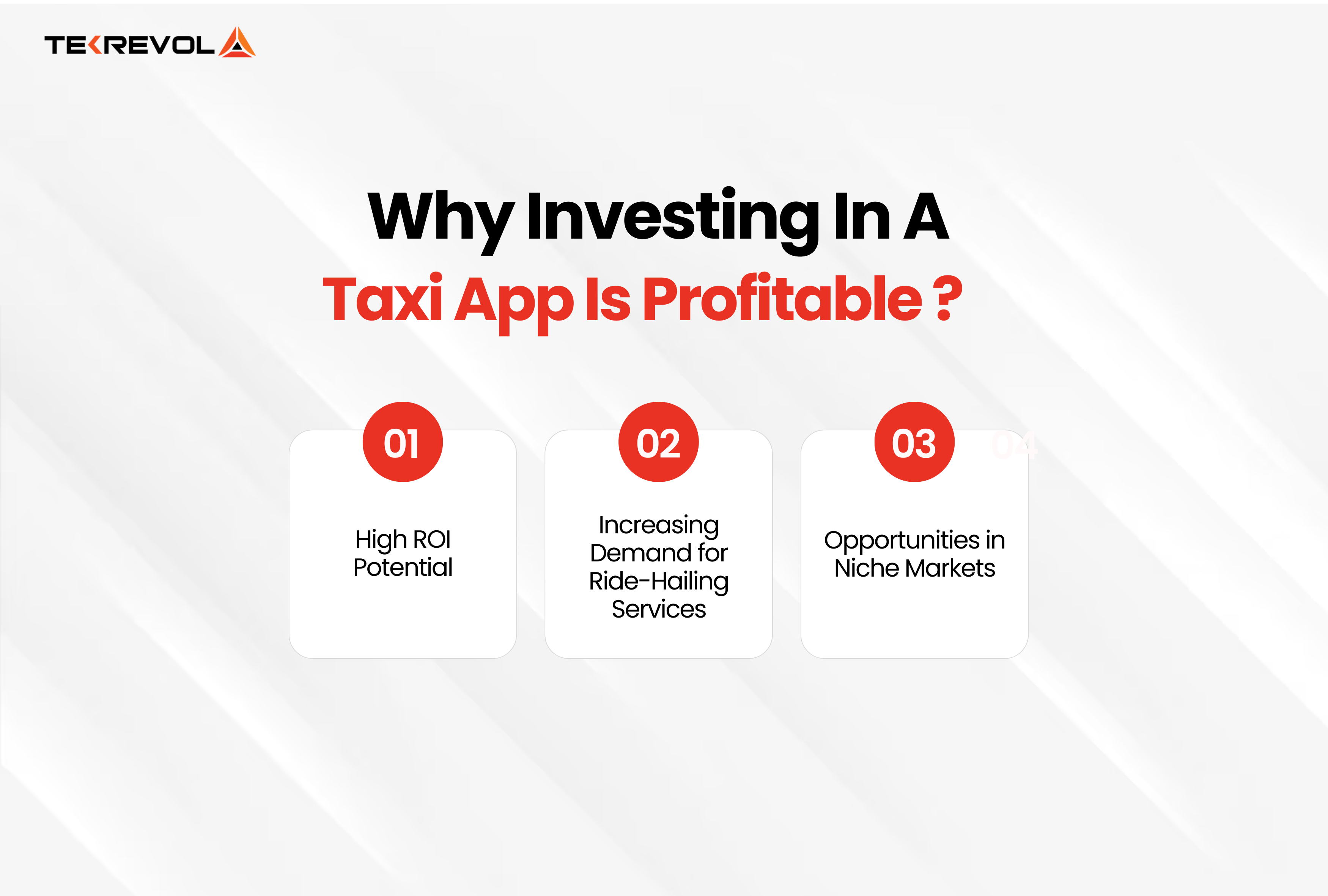
-
Increasing Demand for Ride-Hailing Services
The ride-hailing industry is booming as consumers increasingly prioritize convenience and flexibility. With urbanization and the preference for cashless, app-based solutions, this trend is set to grow further in 2025.
Meeting this demand with a user-friendly taxi app provides immense opportunities. While the taxi booking app development cost may seem significant upfront, tapping into this growing market ensures long-term profitability.
-
High ROI Potential
Taxi apps have a proven track record of delivering high returns on investment. Giants like Uber and Lyft started with similar initial investments and have since set the gold standard in this field.
Investing strategically in well-designed apps not only covers the taxi app development cost but also positions you for exponential growth. A scalable model means your profits grow as your user base expands, making the initial cost more than worth it.
-
Opportunities in Niche Markets
2025 is shaping up to be the year for niche taxi services. From electric vehicle-based taxi apps to women-driven services and luxury ride options, these specialized markets show great promise.
While the development cost of a taxi booking app for niche markets may vary, the chance to dominate less competitive sectors makes it a worthwhile investment. Entrepreneurs looking to build taxi apps catering to these unique needs can carve out highly profitable niches.
How TekRevol Can Help
At TekRevol, we don’t just build taxi apps — we engineer digital pit stops for the Uber-ambitious (pun very much intended). Navigating the twists and turns of taxi app development cost can feel like trying to hail a cab in the rain — frustrating, confusing, and expensive if you’re not careful. That’s where we slide in. Our team specializes in creating secure, scalable, and downright slick taxi apps without burning holes in your wallet.
Whether you’re launching from scratch or giving your old app a 2025 glow-up, we streamline everything from MVPs to API integrations, ensuring every penny pulls its weight. We’re talking efficient workflows, smart tech choices, and custom features that make your competitors wish they hired us first.
Security? Check. Scalability? Double check. Success? Basically guaranteed. So if you’re ready to hit the road with an app that performs like a dream and earns like a boss, TekRevol’s in the driver’s seat with you.
- Ready to launch a taxi app that turns heads and profits?
- From MVP to full throttle, TekRevol is your co-pilot to success. Let’s build something legendary together.

